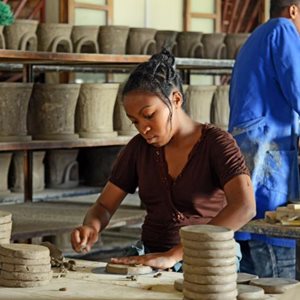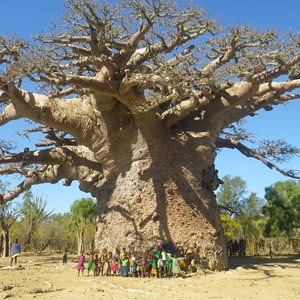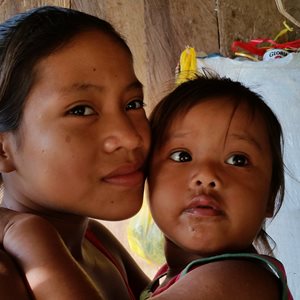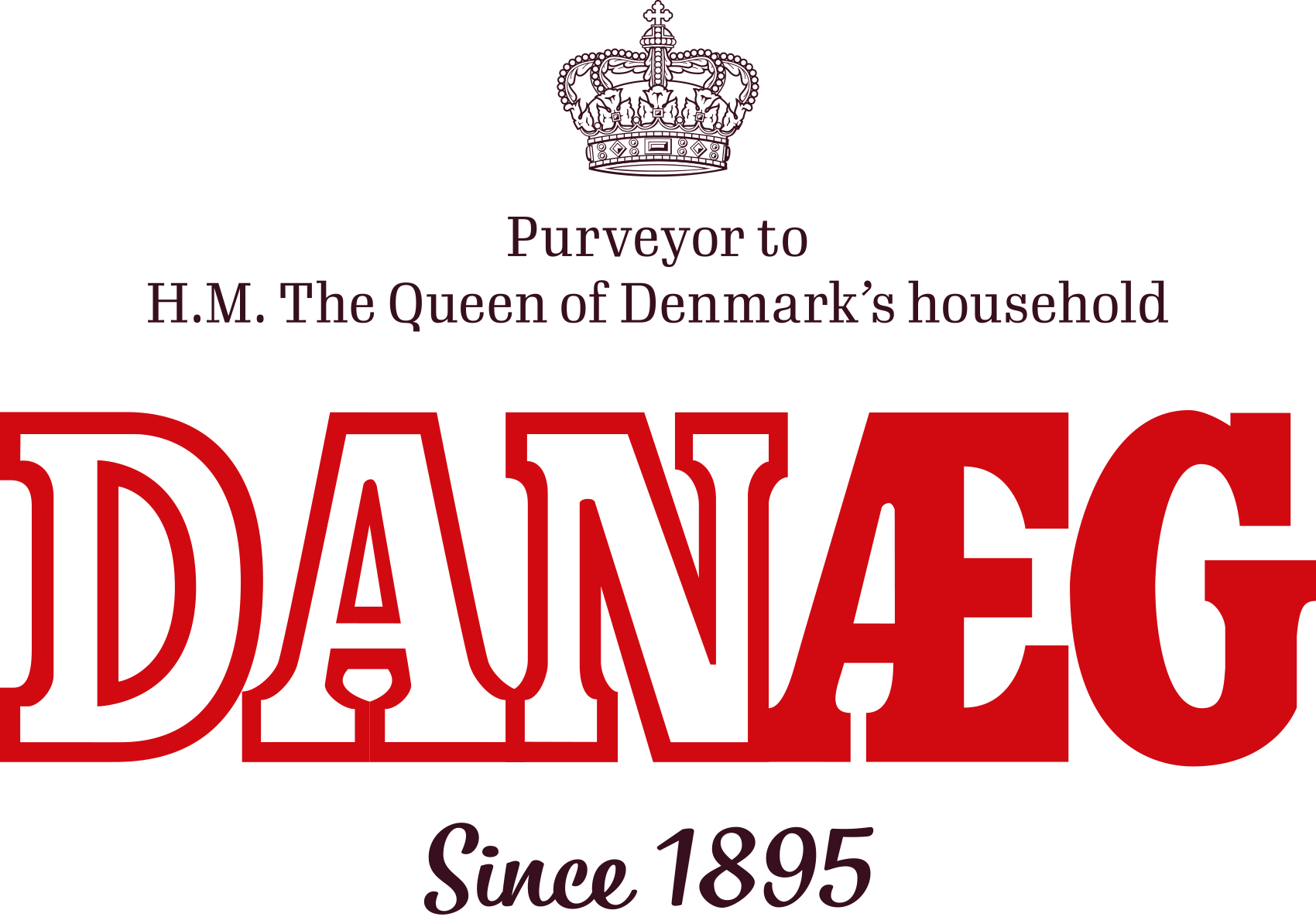
SUSTAINABILITY
100% climate compensated eggs
At Danæg, we have already launched Denmark's first 100% climate compensated eggs.
Climate compensation means that a certain amount of greenhouse gas emissions, measured in tonnes of carbon dioxide equivalents (tCO2e), is climate compensated through support for external projects. This can be done by investing in projects to produce renewable energy, energy efficiency, through tree planting or in forest conservation projects. With the help of CEMAsys we have calculated the company’s CO2 emission by producing 1 kilo of eggs (from hens’ feed through handling till transport to our customers). For each tray of CO2-neutral eggs, we compensate for the climate by supporting climate-positive projects. This neutralizes greenhouse gas emissions.
In order for a project to be classified as climate compensation, the project must be carried out on the basis of a certification standard that is internationally accepted, e.g. Plan Vivo, VCS or Gold Standard. These certifications require that climate compensation projects meet a number of criteria.
At Danæg, we see climate compensation as a solution that takes place in parallel with the work to reduce our CO2 emissions. Through involvement in climate compensation, we increase the incentive to explore how we can reduce our CO2 emissions.
Can climate compensation be conducted in Denmark?
Climate compensation refers to a reduction or uptake of greenhouse gases from activities outside the organization's own activities and outside Denmark's borders. An important reason why climate compensation takes place outside of Denmark is that the project must be proven to be "further", which is not within Denmark's borders, as we, as a country and as part of the EU's emissions trading, have an emission upper limit.
In addition, it would go against one of the basic principles behind climate compensation, which is the intention to first have access to the cheapest climate control, which provides cost-effectiveness. Climate projects within a company in the home country, regardless of whether they are financed or not, are therefore referred to as efficiency projects or climate projects to avoid misunderstandings.
How have we calculated our CO2 emission?
During the summer of 2019, we calculated the CO2 emission for our entire value chain in the production of 1 kg of eggs. We have calculated the CO2 emissions from the hens' feed, the collection of the eggs from the farmers, the handling and packaging in the egg packing plant in Christiansfeld, and the transport to our customers.
Considering our own calculations, we emit 1.6 kgs of CO2 for every 1 kg of eggs we produce at Danæg. Our calculations agree well with the calculations from CONCITO's 2019 report, which concludes that 2 kgs of CO2 are emitted per 1 kg of eggs (approximately 16 eggs). CEMAsys is an independent sustainability consulting firm that offers greenhouse gas emissions calculation, CSR reporting, and supply chain audits - with the aim of making organizations more sustainable.
Project #1
MADAGASCAR
One of our biggest projects takes place in Madagascar - which is one of the poorest countries in the world - where the hunt for agricultural land, timber, and firewood threatens the unique ecosystems.
In the early 1900s, according to WWF, around 90% of the island was covered in forest, which has drastically decreased to 10% by today. Through this Golden Standard certified project, we aim to help to save the forest, we support the production of sustainable stoves and ovens – which are powered by for example solar energy – to replace the traditional wood stoves.
Until now, 164 000 stoves have been produced and installed, and over 1 270 000 tons of wood have been preserved.



